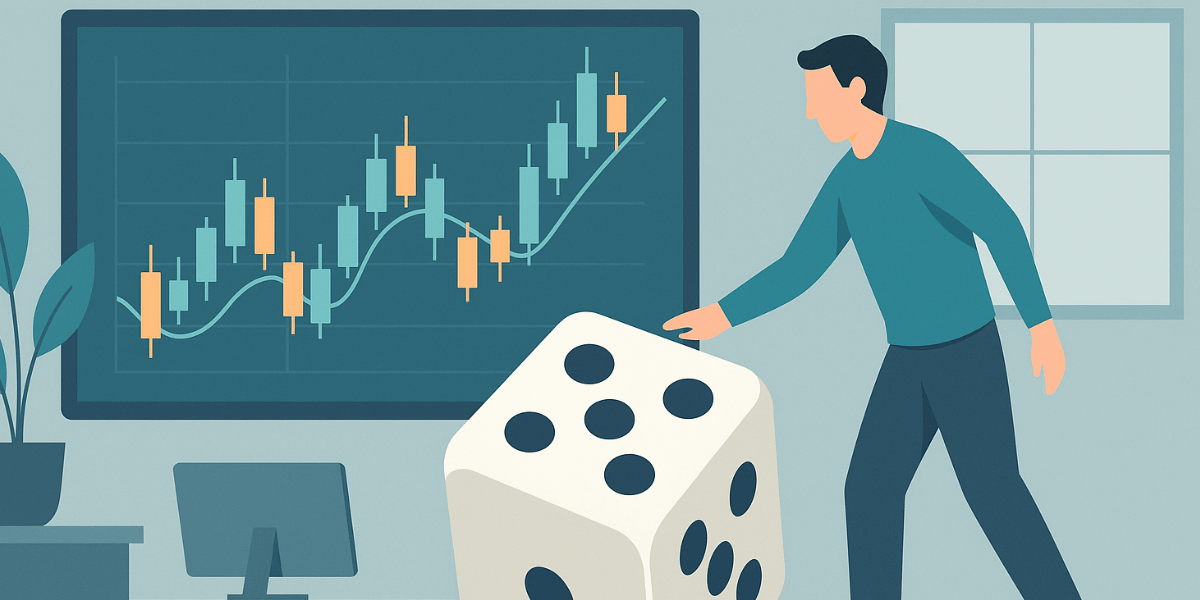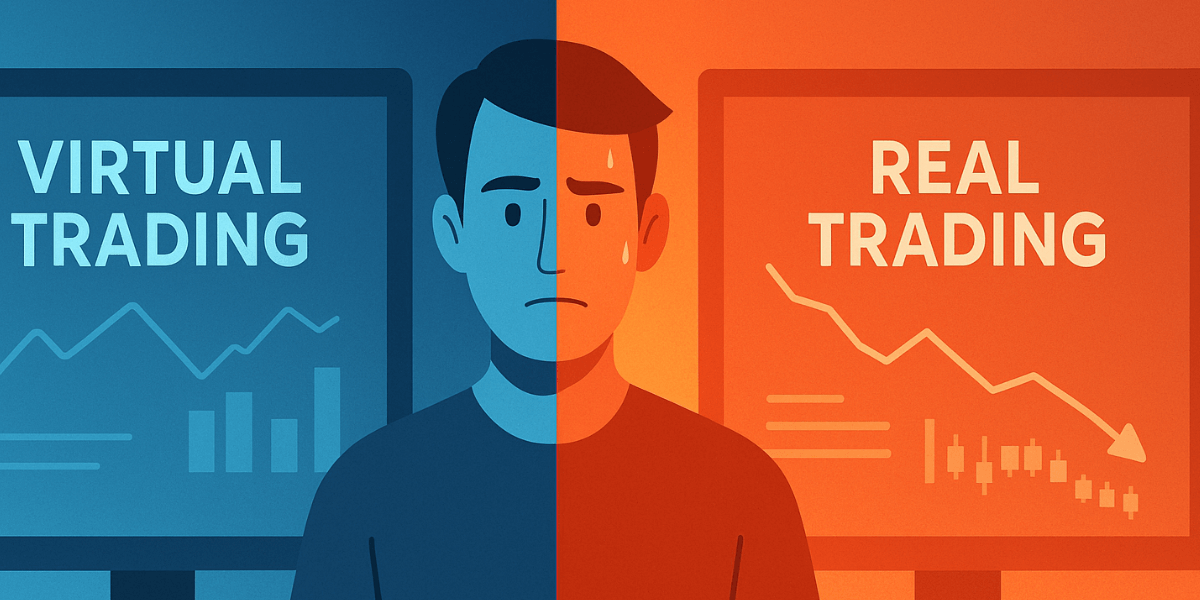Slippage refers to the difference between the anticipated price of trade execution and the actual price at which the trade is executed. Meanwhile, gaps are discontinuities in price movement where no trading takes place.
Both concepts can significantly impact trading outcomes, making their understanding imperative for forex traders. While slippage often happens unannounced, forex gaps commonly occur during the rollover period, particularly after the weekend, creating gap patterns that provide information about potential further market behavior.
Understanding Forex Slippage
In Forex trading, slippage occurs when there is a discrepancy between the price at which a trade is expected to be executed and the price at which it occurs. This difference can be due to rapid market movements or a lack of liquidity. For instance, if a trader places a buy order for USD/SGD at 1.3500, but the trade is executed at 1.3510 due to sudden market movement, a slippage of 10 pips has occurred.
If negative, slippage is problematic because it puts the trader at an immediate disadvantage—using a wider stop loss and tighter take-profit level than anticipated, thus increasing the risk and diminishing the reward.
Causes of Slippage
Several factors contribute to slippage in Forex trading:
- Market Volatility: High volatility often leads to slippage. When the market is moving rapidly, the price can change before a trade is executed. For example, during significant news releases, such as economic reports affecting the USD, volatility can spike, leading to USD/SGD pair slippage.
- Large Order Sizes: Executing large orders in a low liquidity environment can cause slippage. If the available market depth cannot accommodate the order size, the price may shift to find liquidity.
- News Announcements: Major news announcements, such as changes in interest rates or geopolitical events, can cause sudden price movements, resulting in slippage. Traders dealing with USD/SGD must be aware of key announcements from both the United States and Singapore.
- Technical Glitches: System delays or trading platform issues can result in slippage, as the execution price may lag behind the market price.
Types of Slippage
- Positive Slippage: Occurs when the execution price is more favorable than the expected price. For example, a buy order for USD/SGD placed at 1.3500 might be filled at 1.3495, benefiting the trader by five pips.
- Negative Slippage: Occurs when the execution price is less favorable. For example, a sell order intended at 1.3520 might be filled at 1.3510, resulting in a loss of 10 pips.
Impact of Slippage on Trading Outcomes
Slippage can affect profitability, especially for traders who rely on tight stop-loss orders or those engaged in high-frequency trading. Consistent negative slippage can erode profits, potentially turning profitable scalping strategies into unprofitable ones.
Understanding Forex Gaps
Definition of Gaps: Gaps in Forex refer to abrupt price changes between trading sessions or within a session where there is no trading activity at certain price levels. These gaps are represented as blank spaces on price charts. Gaps often occur when the market is closed, such as over the weekend, and it reopens with a different price due to news or events during the closure.
Types of Forex Gaps
There are four different types of gaps:
- Common Gaps: These are small gaps that occur in normal trading and are often filled quickly. For example, minor fluctuations in the USD/SGD pair due to routine market events might cause common gaps, particularly on weekends open.
- Breakaway Gaps: These occur when the price breaks out from a previous range or pattern, often leading to establishing a new trend. A significant economic announcement—for example, an unexpected interest rate change—could result in a breakaway gap.

The breakaway gap on EUR / USD after price gaps over resistance, Source: TradingView
- Runaway (Continuation) Gaps: These occur within an existing trend, signaling strong momentum in the trend’s direction. During a strong bullish trend, a runaway gap would indicate ongoing strength.
- Exhaustion Gaps: A gap that occurs after the trend starts to break down. These gaps occur at the end of a trend when the volume decreases.
Causes of Forex Gaps
There are at least three different causes of forex gaps.
- Fundamental Factors: Economic data releases, such as GDP reports or interest rate changes, can cause gaps. Unexpected changes in the United States monetary policy could result in a gap in the USD/SGD pair.
- Technical Factors: Market sentiment and technical indicators, such as support and resistance levels, can cause gaps. Breakouts above resistance levels in USD/SGD could create gaps.
- Market Psychology: Trader sentiment and reactions to news can cause sudden buying or selling, leading to gaps as sentiment shifts completely to one side.
Strategies to Mitigate the Impact of Slippage and Gaps
The following strategies can help mitigate the impact of slippage and gaps.
- Choosing the Right Broker and Trading Platform: Select brokers with reliable execution and minimal slippage. Platforms that offer fast execution can reduce the impact of slippage. Also, it is useful to check if the broker offers negative balance protection in case gaps slip over the stop-loss level.
- Using Limit Orders and Stop-Loss Orders: These tools can help control trade execution prices and manage risks associated with slippage and gaps.
- Adjusting Trade Size and Risk Management Techniques: Smaller trade sizes can reduce the impact of slippage. When in doubt, it is useful to break trades into smaller increments. It is an effective risk management method that can minimize potential losses from unexpected gaps.
- Understanding Market Microstructure and Liquidity: Awareness of liquidity conditions and market structure can help traders anticipate and manage slippage and gaps.
Slippage and Gaps in Different Market Conditions
During High-Volatility Periods: Slippage and gaps are more common. Traders should be cautious during such periods, as seen in high-impact news events affecting USD/SGD.
During News-Driven Events: News releases, such as changes in interest rates by the Federal Reserve, can lead to increased volatility and gaps in USD/SGD, leading to slippage.
In Different Currency Pairs: Exotic currency pairs with lower liquidity than major pairs tend to have higher chances of slippage and larger gaps owing to the lower market depth.
Frequently Asked Questions
What are the four types of gaps?
Four types of gaps are common gaps, breakaway gaps, runaway gaps, and exhaustion gaps. It is easy to spot a gap, but determining its type requires some experience and a consideration of the larger picture.
How do you avoid slippage in forex trading?
Two of the best ways to avoid slippage are to trade a highly liquid pair like EUR/USD, USD/JPY, or another major pair and to avoid trading the news when market sentiment can shift on a whim.
Note: Any opinions expressed in this article are not to be considered investment advice and are solely those of the authors. Singapore Forex Club is not responsible for any financial decisions based on this article's contents. Readers may use this data for information and educational purposes only.







